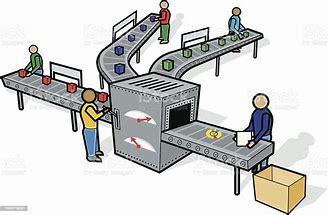In the last year BC (Before Covid), JIT and lean manufacturing were working very well indeed.
Fine tuned assembly lines and highly organised delivery processes meant that manufacturers could efficiently control stocks of equipment and supplies, keeping inventory to a manageable level.
Toner stocks arrived Just In Time.
Spare parts arrived just In Time.
Engineers turned up Just In Time.
Printers fulfilled orders and despatched good, Just In Time, costs were held at a minimum, profits were high and life was good.
And then along came Covid.
Spare parts and toner became much harder to plan for, because a lot of us ‘shut-down’ and the trickle back to work has been less than straight forward.
As a result, in the first year AD (After Disaster) we are seeing OEMs unable to re-establish the levels of productivity that existed BC.
The reality of JIT is that workforces were operating at close to ‘panic’, albeit an organised and well-oiled panic.
All of this is understandable. How do you forecast the likely toner and parts requirements, when the levels of business is not what we were used to?
Not easy, BUT, this doesn’t justify the poor excuses.
“We are working hard to recover our stock levels despite the supply chain issues”
“We have steps in place to ensure as many customer as possible get their supplies”
Regardless of the reasons and excuses that are given (and I do sympathise to a point), isn’t it time to lay JIT to rest and start building stock levels that don’t rely on panic?
